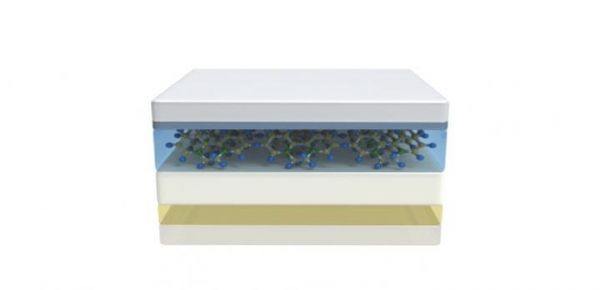Guiding the Way to Improved Solar Cell Performance
Understanding how particles travel through a device is vital for improving the efficiency of solar cells. Researchers from KAUST, working with an international team of scientists, have now developed a set of design guidelines for enhancing the performance of molecular materials.
When a packet of light, or photon, is absorbed by a semiconductor, it generates a pair of particles known as an exciton. An electron is one part of this pair; the other is its positively charged equivalent, called a hole. Excitons are electrically neutral, so it is impossible to set them in motion by applying an electric field. Instead the excitons "hop" by a random motion or diffusion. The dissociation of the excitons into charges is necessary to create a current but is highly improbable in an organic semiconductor.
“So typically, we need to blend two semiconductors, a so-called electron donor and an electron acceptor, to efficiently generate free charges,” explains Yuliar Firdaus. “The donor and acceptor materials penetrate into one another; maximizing the exciton diffusion length— the distance the exciton can travel before recombining and being lost— is crucial for optimizing the organic solar cell’s performance.
Read more: King Abdullah University of Science & Technology
Bilayer solar cell based on the organic semiconductor copper(I) thiocyanate (CuSCN) provides a new platform for exciton diffusion studies. (Photo Credit: © 2020 KAUST)


